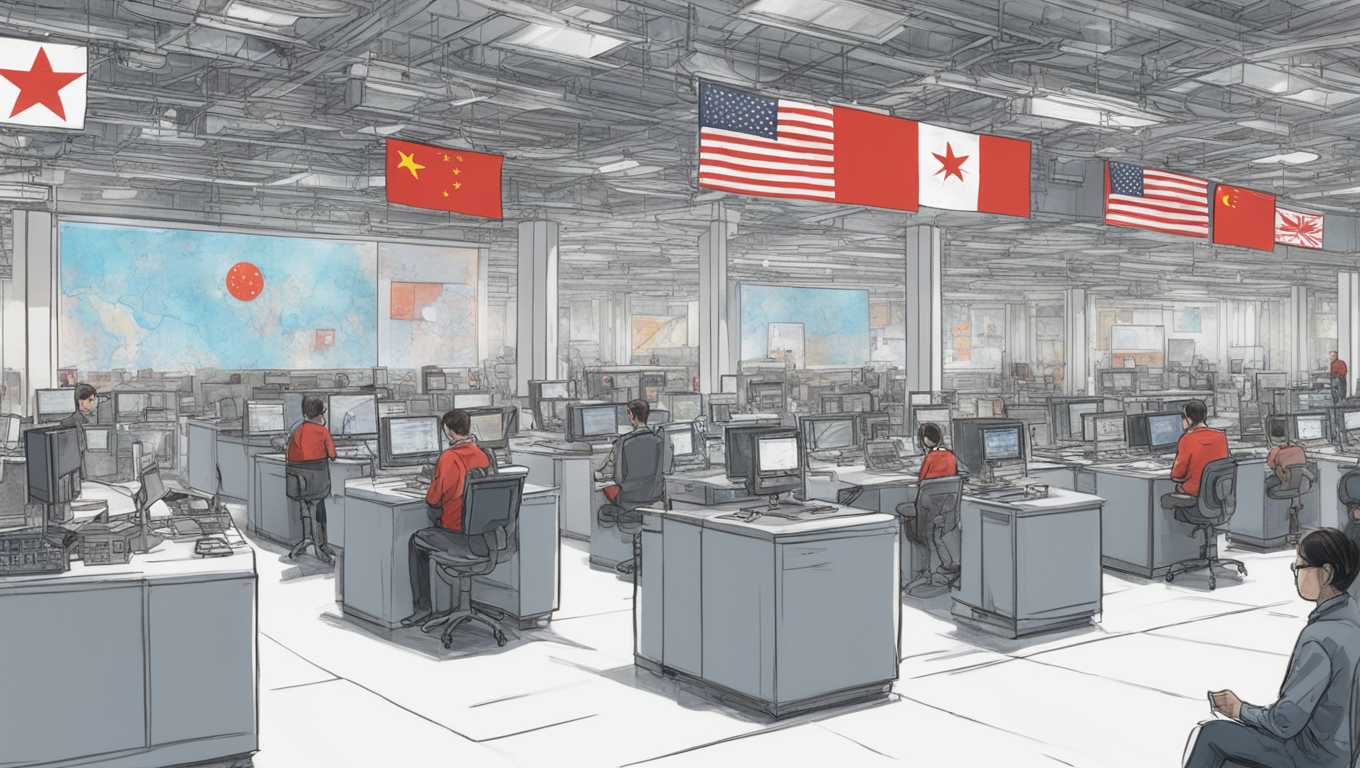China’s quest to become a global AI powerhouse has faced some significant obstacles, particularly in the realm of computing power. While China is currently second only to the US in terms of aggregate computing power, there are concerns about a fragmented market and a lack of supply for AI development. Additionally, China has struggled to develop indigenous computing power due to US bans on high-performance chips.
Analysts and industry reports suggest that Beijing needs to address deficiencies in computing power capacity build-up and coordinate regional and industrial resources to forge a nationwide network. The goal is to close the gap with the US and ensure that China has the necessary infrastructure for future industries.
Yu Xiaohui, head of the China Academy of Information and Communications Technology (CAICT), highlights the challenges China faces. He explains, “We have yet to set up a unified market that is standard and inclusive. And we are also facing a dilemma between computing power shortage and low efficiency in usage.”
One of the key issues China faces is a fragmented market for computing power. Local governments and firms often opt for locally deployed private computing platforms due to concerns about data security, whereas the US tends to focus on public cloud services. This fragmentation increases the cost for companies to train AI models and hampers the development of China’s AI industry.
To address these challenges, Beijing aims to scale up its computation capacity by 50% by 2025 and raise China’s share of AI computing power to 35% by the end of next year. However, there are concerns about the low utilization rate of data centers, with only 38% of capacity used in 2022 compared to the global average of 60%.
Industry insiders and experts stress the importance of a unified and open platform for sharing computing resources and operability among local computing centers. Without such a platform, the efficient flow of massive quantities of data across regions is hindered. Disorderly competition and uncoordinated local investment may also be compromising China’s catch-up efforts.
The restrictions imposed by the US on China’s access to high-performance chips further emphasize the need for an indigenous computing power system. China must come up with a solution that is compatible with its AI industry and allows it to reduce reliance on foreign technology.
Analysts suggest that China’s tech giants and AI industry leaders should work together to design a domestic industrial ecosystem. This would involve collaboration while still respecting the interests of individual companies. Joint actions and government navigation are crucial to formulating a national computing service.
It is clear that China recognizes the importance of resolving these obstacles. The country is making significant investments in a national computing network. However, the challenges are complex, and it will require coordination, collaboration, and innovative solutions to overcome them.
As China pursues its industrial policy to become a global AI leader, it must address the deficiencies in computing power capacity and unify its market. By doing so, China can unlock the full potential of its AI industry and continue to compete with the US and other countries on the global stage. The journey ahead may be challenging, but with the right strategies and investments, China can forge a path towards AI dominance.





Use the share button below if you liked it.